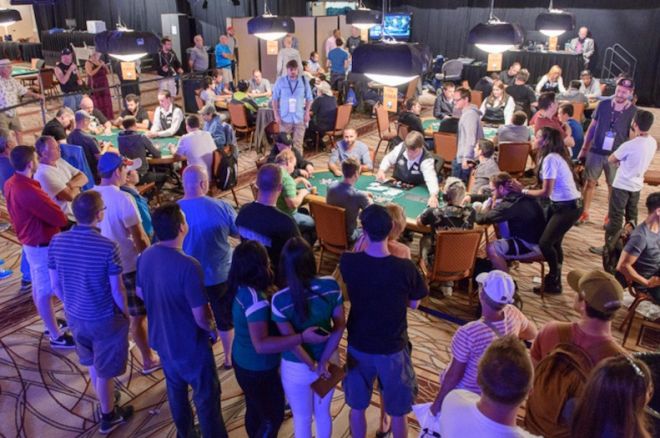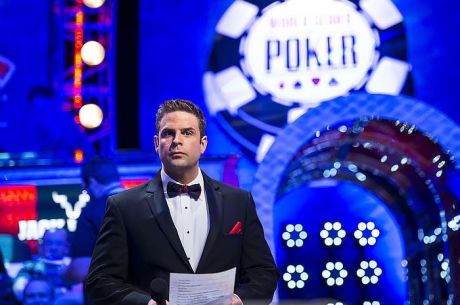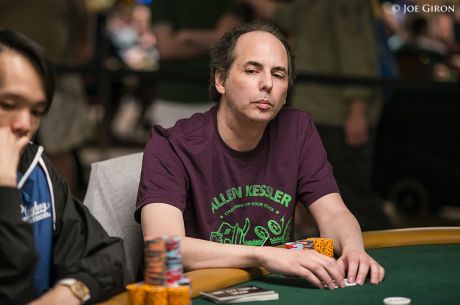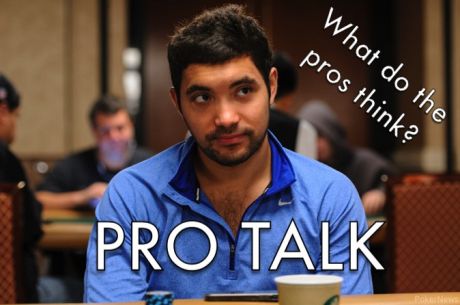When the Bubble Bursts: Tracking Effect of Deeper Stacks, Structure Changes at 2015 WSOP

Two weeks ago PokerNews reported on some of the responses to changes in structures at the 2015 World Series of Poker in an article titled ��Top Pros Say 2015 WSOP Increased Starting Stacks Amount To Fool's Gold.�� As that headline suggests, a number of players were already then expressing concerns about the effect increased stack sizes have had on WSOP events with buy-ins below the $10,000 level.
In general, the number of chips a player began with in those events increased by two-thirds, with every $500 of a buy-in now worth 2,500 tournament chips instead of 1,500. For example, in $1,500 buy-in events, players started with 7,500 chips as opposed to the 4,500 of years�� past.
The perception from the start was that despite there also being changes to the blind structures, tournaments were lasting much longer and it also was taking longer for them to reach the money bubble.
How much of a difference were the changes making? The chart below compares when the bubble was reached for events from this year and last (based on the live reports). It excludes new events like the Colossus, events that haven��t had the starting stacks modified, and events with less than 60-minute levels.
The 2014 events appear in green, 2015 in red. Event numbers appear in the first level of each event. Levels played on Day 1 are shaded (most of the events played 10 levels on Day 1, but a few played 9 or 11). In most cases the bubble was reached in the middle of a level and those partial levels are represented by narrower boxes.

In some events, the changes didn��t amount to much, but the differences were particularly notable in the fixed-limit games, where the amount of time needed to reach the bubble increased by an average of about three hours (not counting breaks). The unexpected increase in the amount of time spent on Day 2 may have thrown a wrench into the schedules of a number of players.
Yesterday the WSOP made an unprecedented mid-series revisions to structures for some of the remaining events after obtaining approval from the Nevada Gaming Control Board. A total of four events now have revised structures: Event #39: $1,500 10-Game Mix (which started yesterday), Event #48: $1,500 Seven-Card Stud, Event #52: $1,500 Dealer��s Choice, and Event #65: $1,500 Seven-Card Stud Hi-Low.

For pros (and others), one undesirable effect of longer second days before a cash was that they missed the starts of other tournaments �� this despite the fact that the WSOP has extended the registration times of most events in addition to increasing the starting stacks.
For the WSOP, part of the impetus for the most recent changes was to keep its player customer base happy (also the reason for the increased chips in the first place). But another reason for the change had to do with the fact that players tired after long Day 2s chasing the bubble may be less likely to register for another tournament that day, which in turn would negatively affect field sizes.
Burnout after weeks of bracelet-hunting has always been an issue for the professionals in Las Vegas for the summer. Hopefully the modifications announced yesterday by WSOP Tournament Jack Effel will lower the pressure back down to a level everyone��s used to.
We��ll get to see today an example of the new structures�� effect as Event #39: $1,500 10-Game Mix resumes with Day 2 at 2 p.m. PT. From a starting field of 380 players, 89 remain alive following yesterday��s play, 42 of whom will be making the money some time today.
PokerNews�� own Remko Rinkema is one of those returning �� follow his progress yesterday and continuing today right here as the money bubble approaches.
Want to stay atop all the latest in the poker world? If so, make sure to get PokerNews updates on your social media outlets. Follow us on Twitter and find us on both Facebook and Google+!








